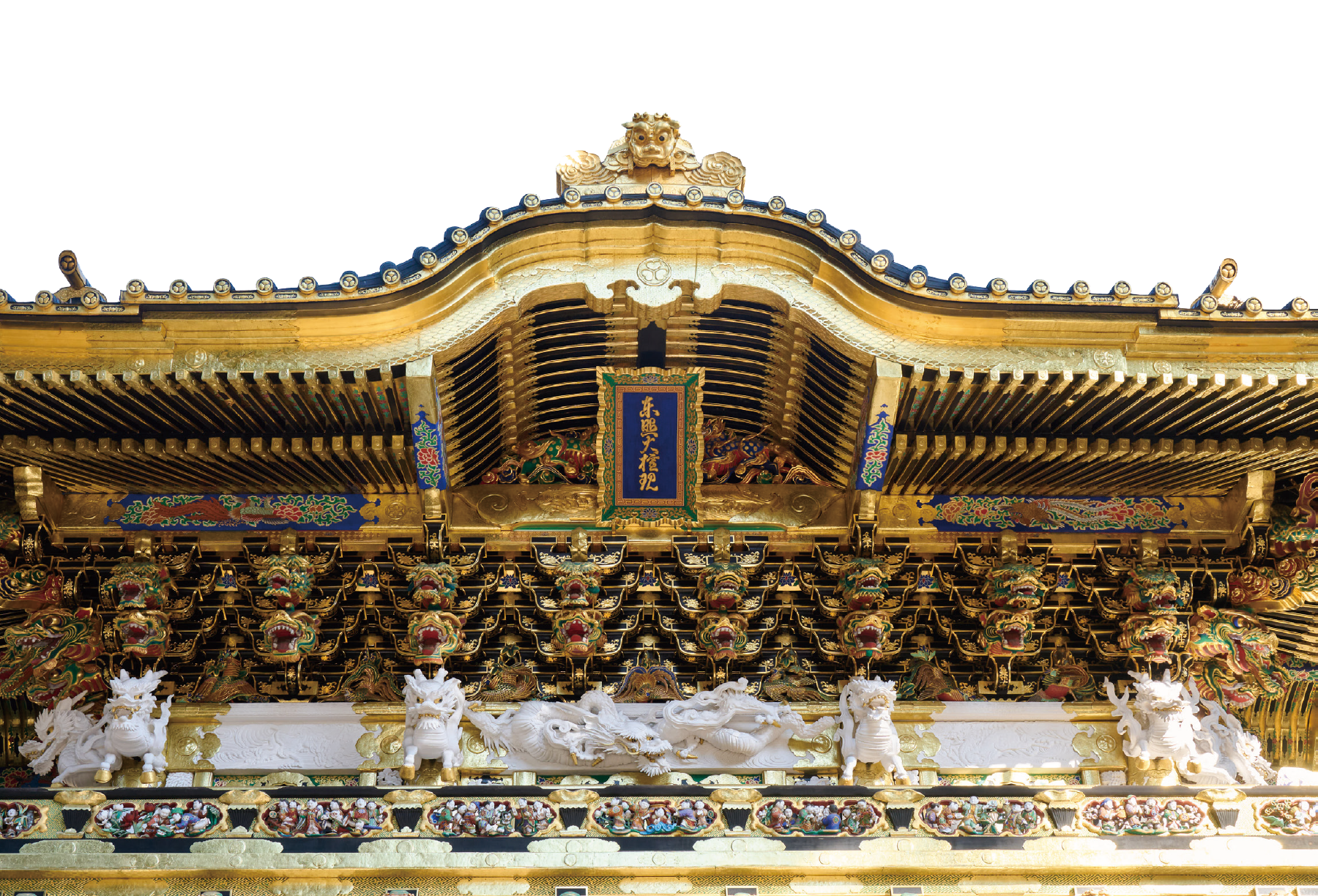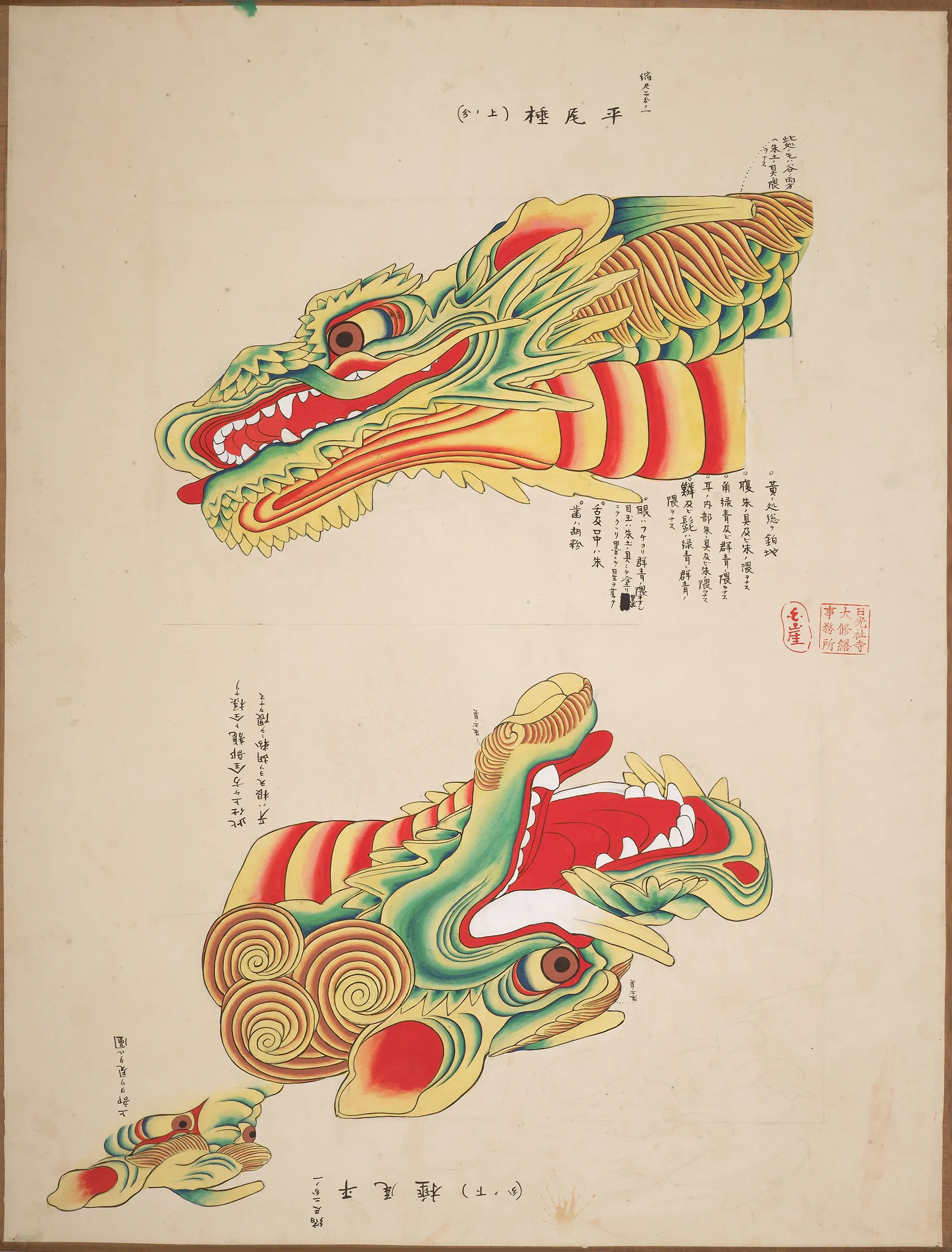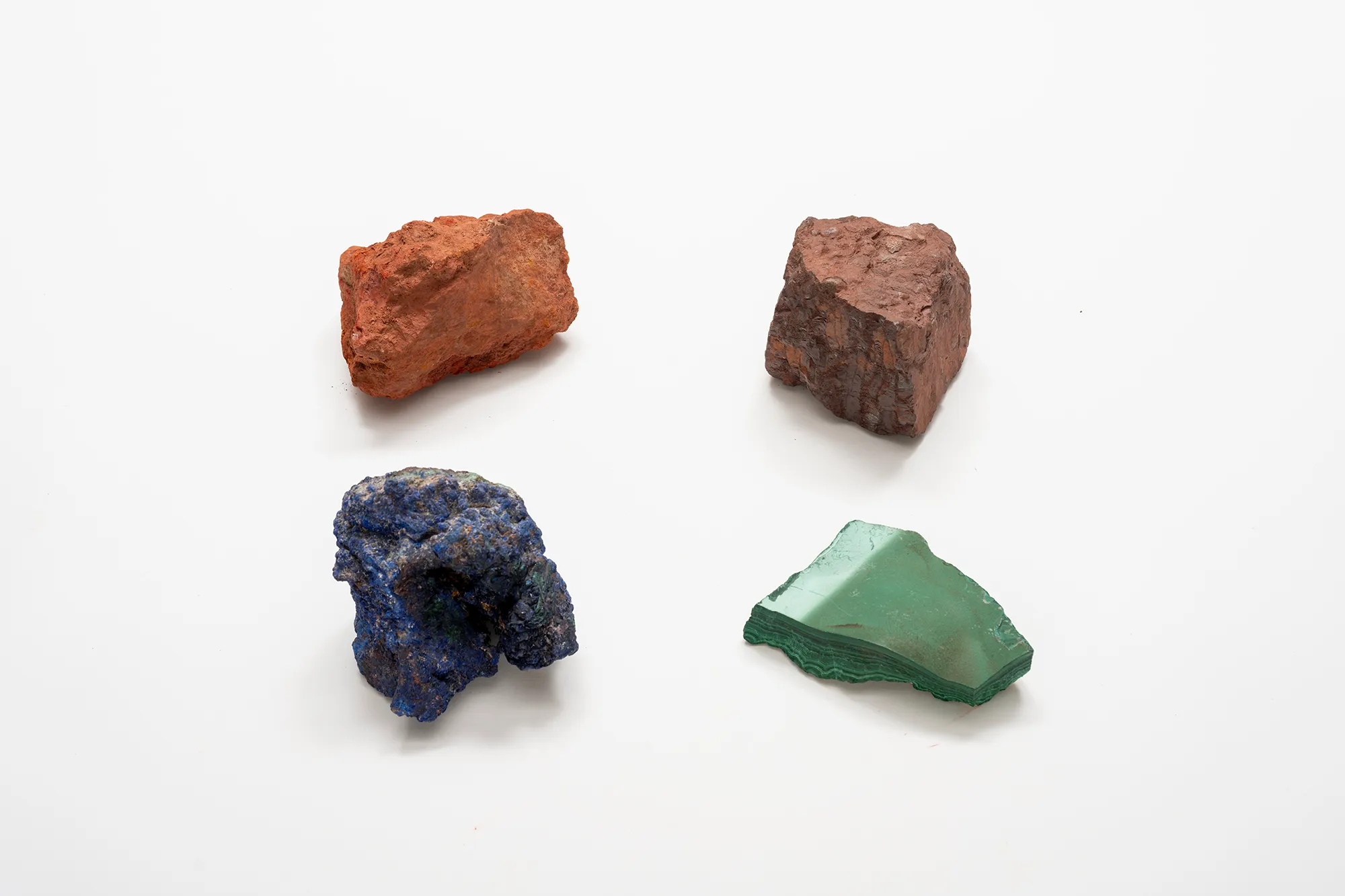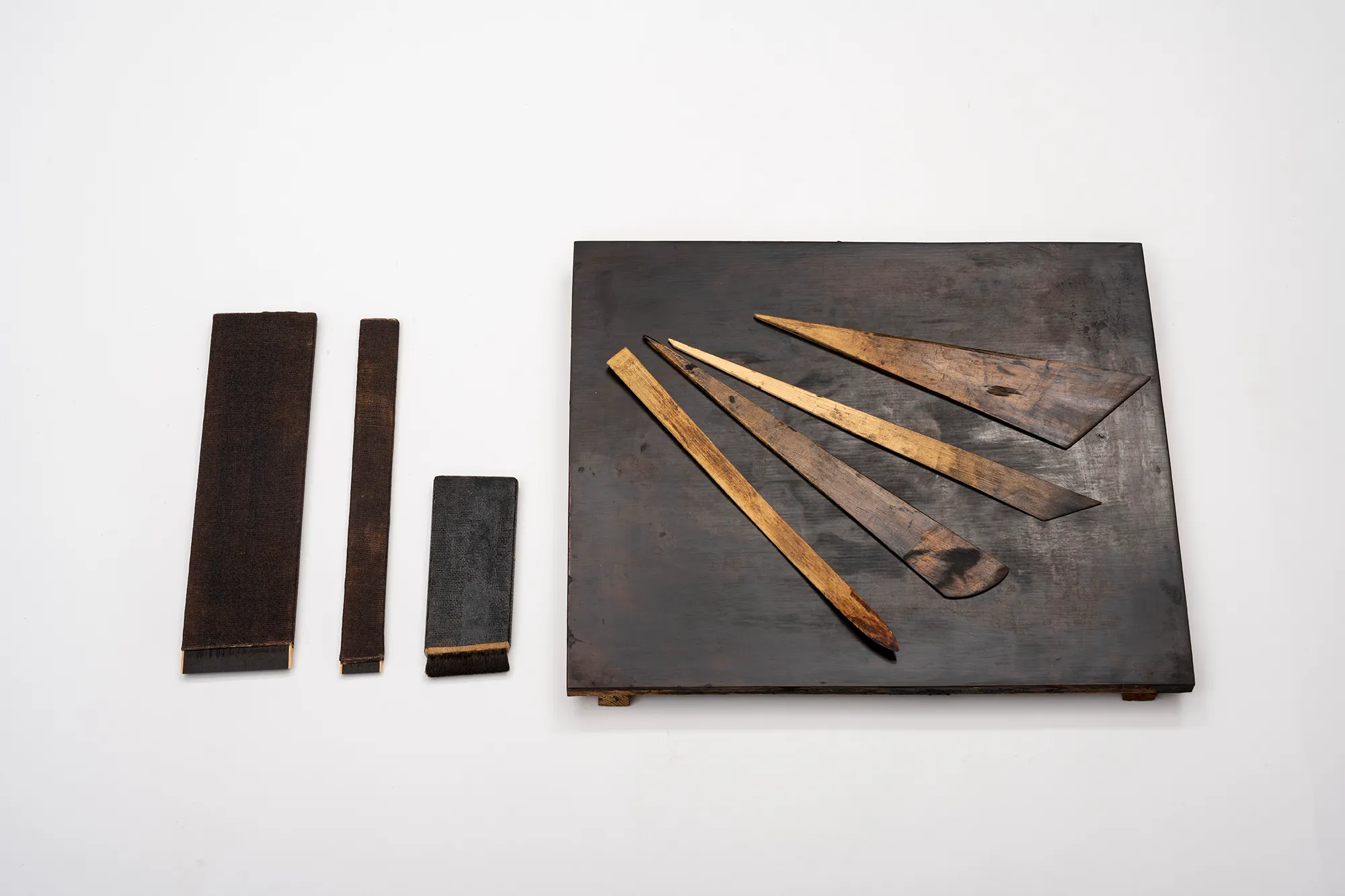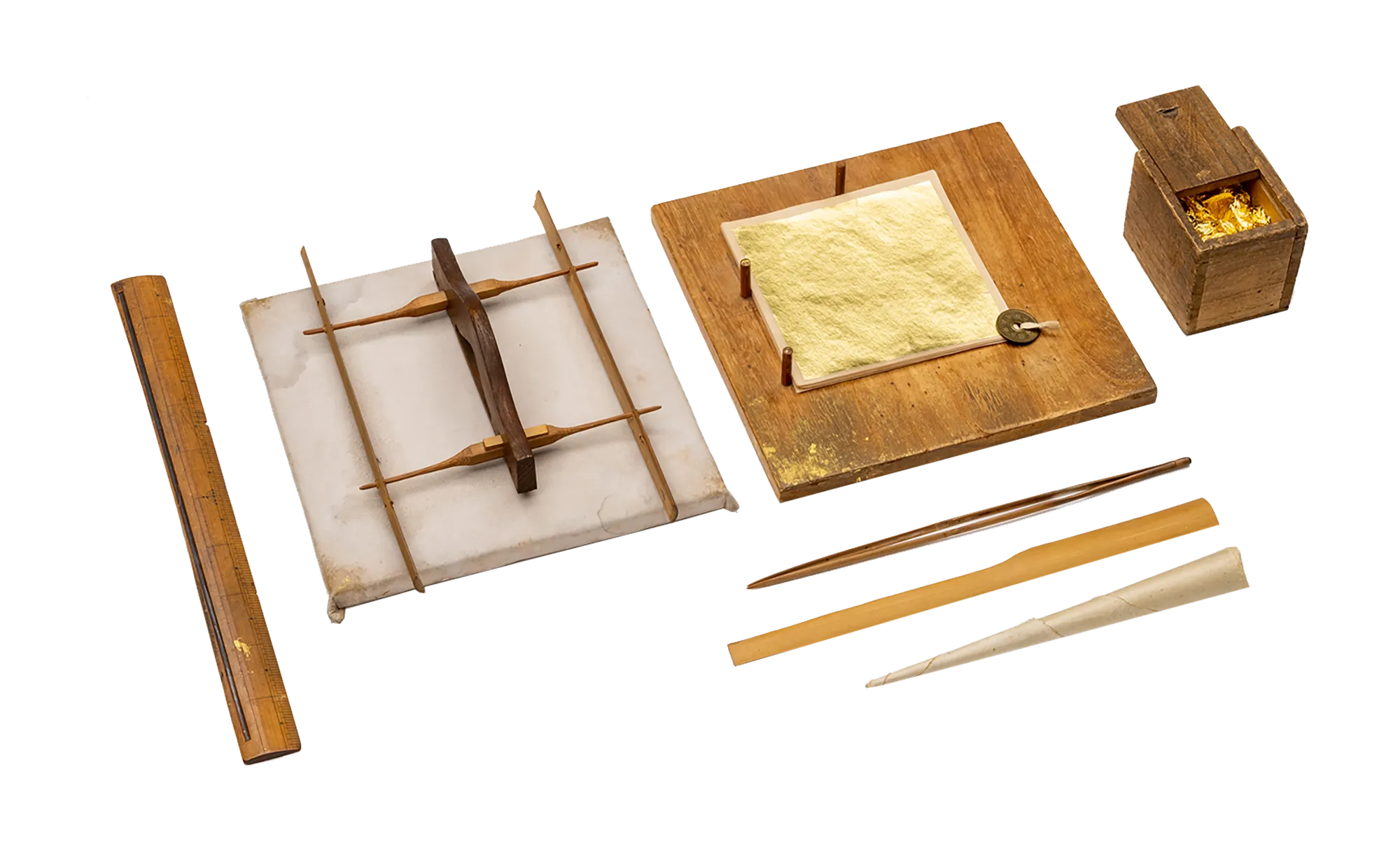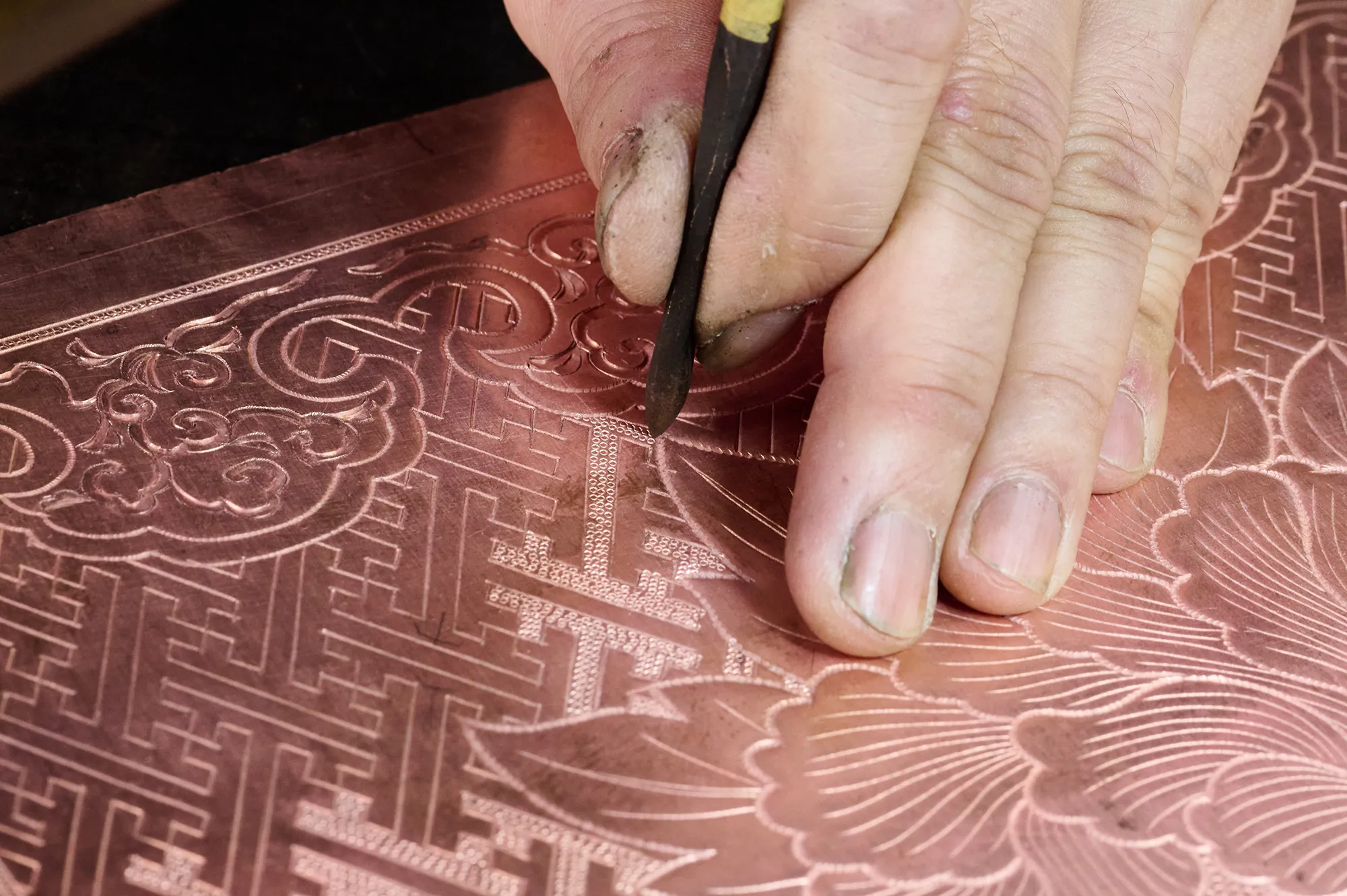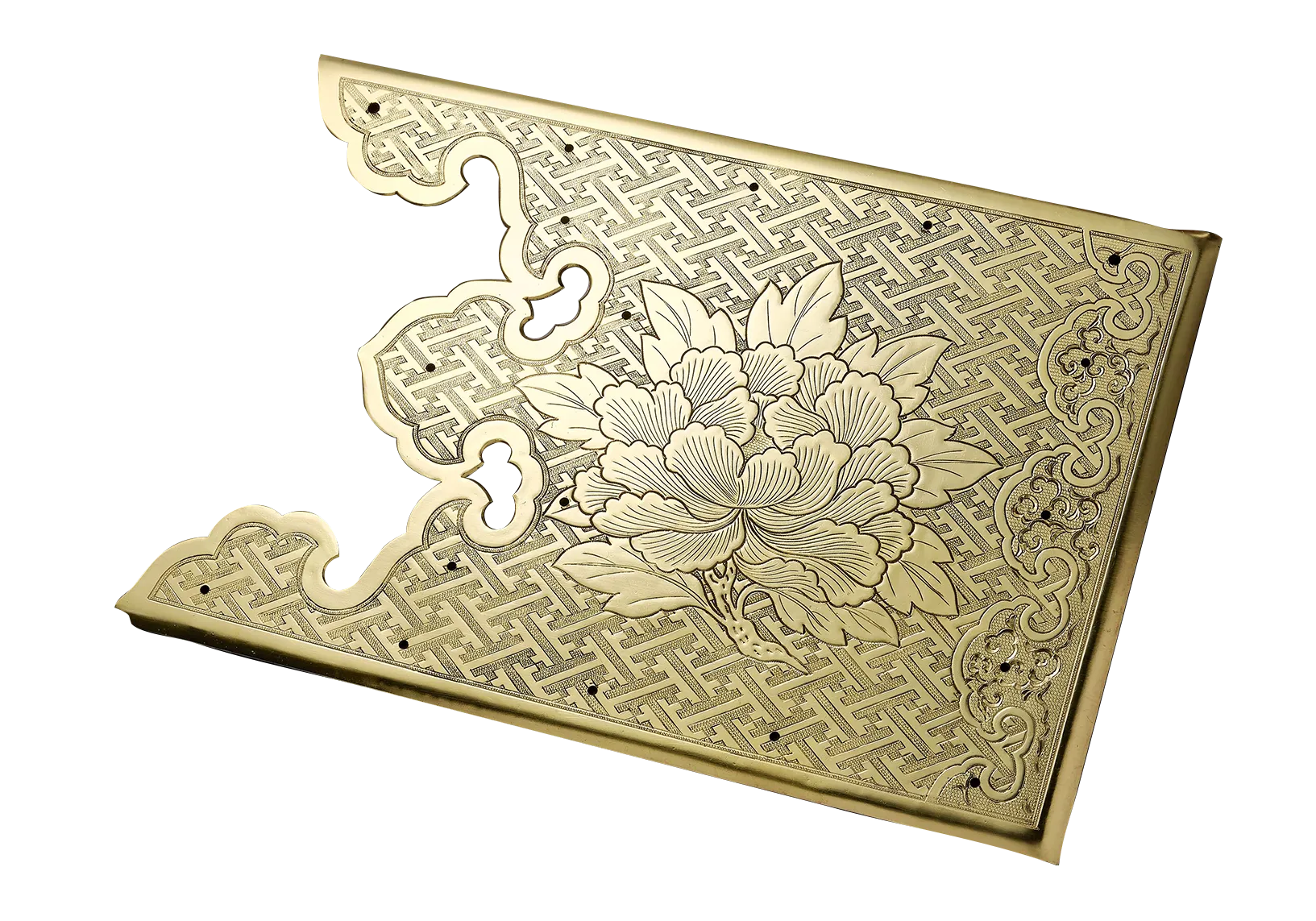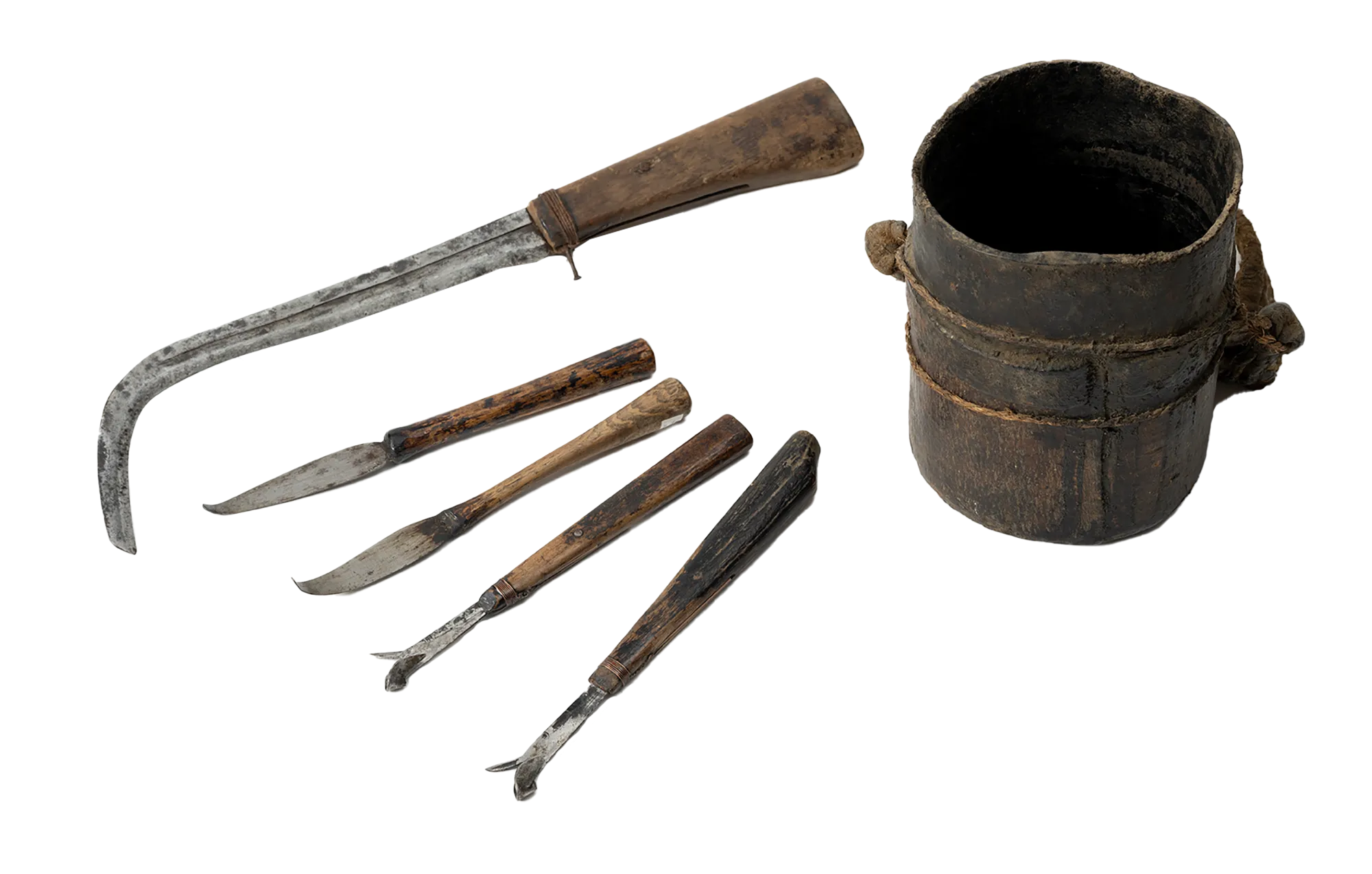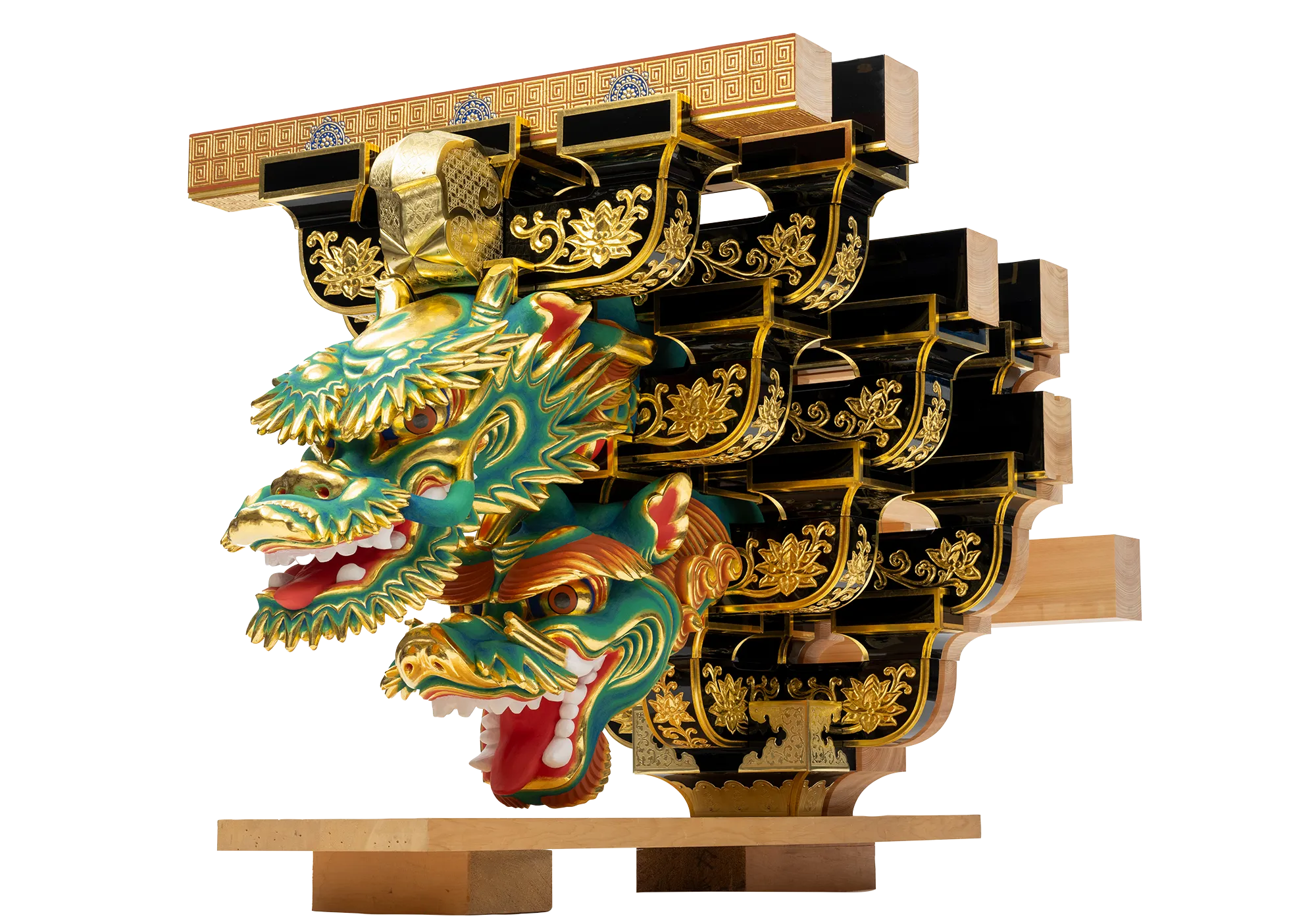2
Joboji Urushi Lacquer Tapping
All lacquer used in the repair of Nikko's shrines and temples is produced in the forests of Joboji in Ninohe City, Iwate Prefecture. Viewers can learn how the lacquer forest is protected and how the lacquer is collected at Joboji through the tools and videos on display.




